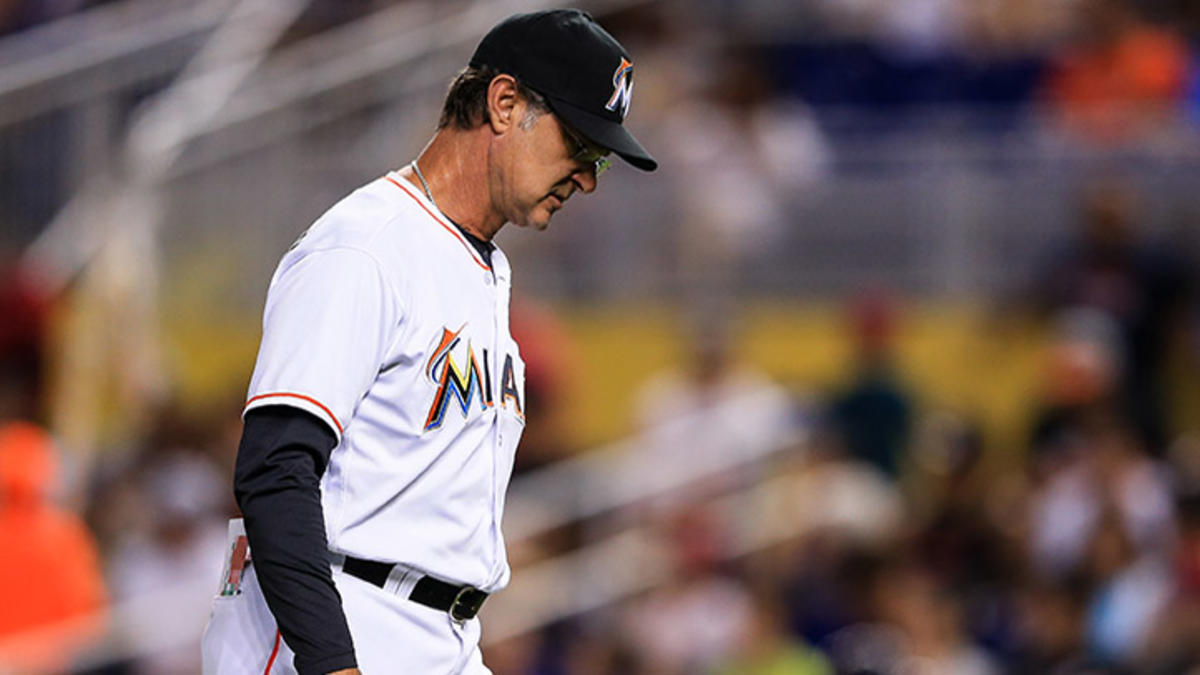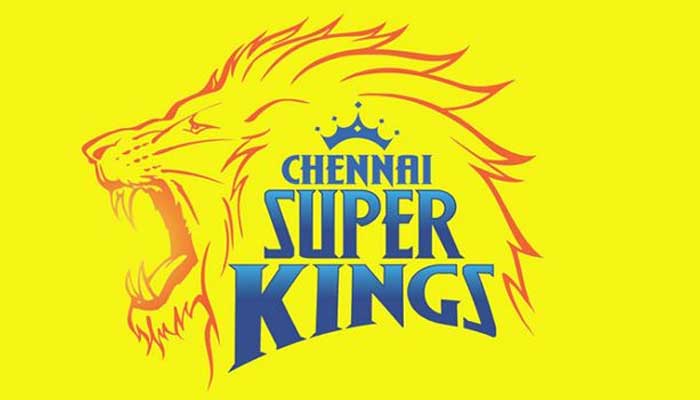The Miami Marlins Are Worse than a Team of Non-Roster Invitees

In Monday’s Roster of the Month, Dan Epstein outlined the incredible amount of talent that has accepted non-roster invites to big league camp. These guys took non-guaranteed contracts in an attempt to earn their way onto a big league roster by their performance in spring training. It’s a formidable fictional squad in the aggregate, and it got me thinking that it may be able to beat the Marlins, a less than formidable real-life MLB club. The results were surprising.
First, we need to figure out how to quantify the performance of Dan’s NRI team. Actually, it turns out that step zero is figuring out what to call Dan’s NRI team. That’s a preposterous name for a club (though Dan may disagree). The most common meaning for the acronym NRI is non-resident Indian, which refers to people from the country of India living in the United States as non-residents. Perfect, our fictional team is from India. We can’t call them the India Indians because there’s already a team called the Indians and there’s probably some trademarks associated with that name. We can, however, borrow from the Indian Premier League, the most popular cricket league in the world. The reigning IPL finals champion is the
Chennai Super Kings.
Step Zero is complete. We have fictionally expanded the MLB by adding the Super Kings of India. Their tiger. (Editor’s Note: It’s obviously a lion. What are we doing here?)

Anyway, back to the on-field performance. We could run a simulation in OOTP, but we have yet to get our hands on the new OOTP. The alternative is to simply take a look at the projection systems.
Borrowing from Fangraphs’ projected Depth Charts for the Marlins and their publication of the Zips projections for the Super Kings, I was able to mostly normalize the playing time across the season for the individual players to come up with a projected performance of the two teams in aggregate.
Note that last row! The Super Kings outperformed the Marlins in terms of WAR! The Super Kings are a better team than the Marlins!
However, the broader point remains. The Super Kings roster is competitive with what the Marlins figure to roll out there this year. While the Super Kings don’t have a Brian Anderson type worth 3 WAR at a given position, they also do not roll out any really negative WAR at any position, unlike what the Marlins figure to do in right field with Peter O’Brien. The Marlins added Curtis Granderson as a non-roster invitee, but in this scenario, that means he plays for the Super Kings!
The two other points of separation with these rosters lie in the middle infield and in the relief corps. The projection systems generally prefer the Super Kings’ middle infield. Jose Iglesias, Logan Forsythe, Brad Miller, and Adeiny Hechavarria figure to get the most of the Super Kings’ playing time up the middle. The Marlins figure to give most of their playing time to Starlin Castro, JT Riddle, and Miguel Rojas. Yeah, I’ll take the upside and the depth of the Super Kings.
As for the relief corps, Dan mentioned that that was the “coup de grace” of the Super Kings. While the individual members may be over-exposed across the course of the 70+ innings that this manager has asked of them, the talent and depth is likely better than the Marlins, who effectively have Drew Steckenrider, Sergio Romo, and a bunch of guys that you have never heard of.
Dan started his post with “something is wrong with baseball.” I tend to disagree with that sentiment. Baseball is doing just fine. The sport is highly enjoyable, but there is something seriously wrong with the blatant lack of trying that the Marlins (and others) are displaying. Sure, some players would prefer to play for a competitor, but a guy like Carson Smith, who has earned just $2M in his playing career would surely prefer a guaranteed contract to his current reality of fighting for a job with the Boston Red Sox.
This exercise exposes the Marlins for the blatant apathy they’re showing towards constructing anything approaching an interesting team this year.
-Sean Morash
















